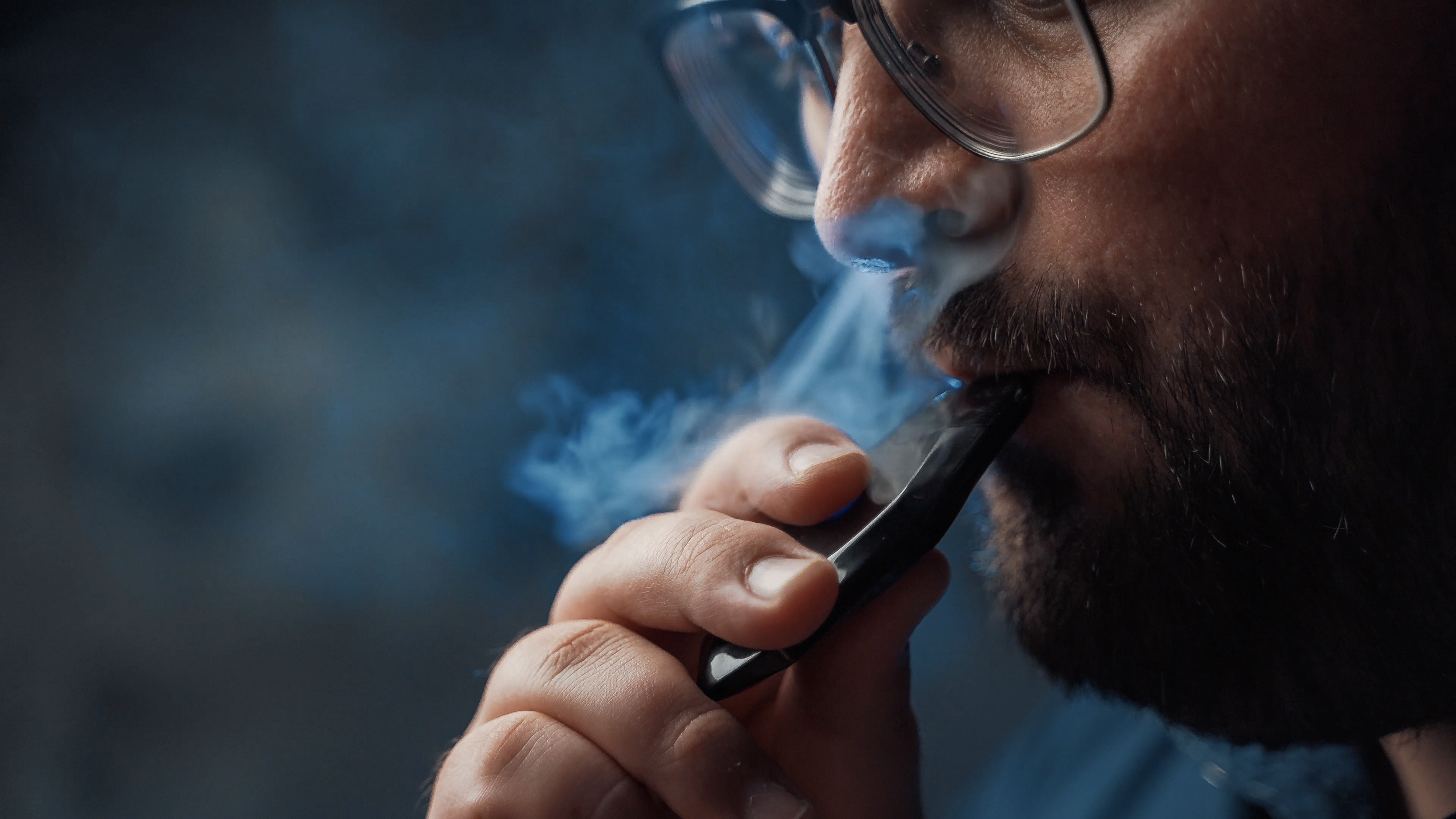
Airbags, fire extinguishers, fuels—they all conjure images of what are colloquially referred to as “hazardous materials.” E-cigarettes and vaporizers, while seen as innocuous and ever-present accessories in our modern world, have a connotation as harmless and safe ways to use nicotine or THC products, but unbeknownst to most, that little cartridge you’re putting into your mouth to “satisfy your craving” is governed by hazmat regulations.
While it isn’t to say that puffing on a vape device is going to have you glowing neon green and mutating into an anthropomorphic fly, like Jeff Goldblum circa 1986, it is to say that it’s important to be cognizant of hazmat compliance and regulations which govern vapes, just as they govern other devices.
Here at Hazmat University, our expansive course guide can give you a better picture of the compliance concerns and regulations you need to keep in mind, regardless of whether you’re transporting or utilizing vaporizers or e-cigarette devices.
What is a Vape?
Also known as “e-cigarettes,” vapes are very different from your grandpappy’s hand-rolled cigarettes. Instead of shortleaf tobacco, e-cigarettes contain a solution known as an “e-liquid” or “vape juice,” which typically contain benzoic acid, propylene glycol, and nicotine. This mixture is vaporized by the e-cigarettes affixed heating element, which are most often powered by a lithium-ion battery.
Compliance and regulatory concerns pertinent to lithium batteries are governed by the Code of Federal Regulations, which outlines requirements for handling, storage, and transportation in commerce of the lithium ion battery components commonly found in vaporizers and e-cigarettes.
When a user “activates” the product, the vapor of the resulting reaction is inhaled, similar to the manner of tobacco smoke, and is then exhaled by the user. Because inhaling the resultants of a combustion reaction is inherently carcinogenic, the appeal of vape products is that vaporizing e-juice is safer for the lungs and body than inhaling the smoke produced by traditional “smoked” tobacco products, like pipes, cigarettes, and cigars, as there is no combustion reaction that occurs.
While the relative youth of this technology has made it impossible to say for sure, by most accounts, the null hypothesis assumed by the average consumer is the following: vaping may be safer than traditional tobacco products, but newer research is indicating that e-cigarettes and vapes may be just as harmful, if not more harmful than traditional “smoked” products.
Spontaneous Vape-Bustion
Despite the allure of vapes as safer long-term alternatives to cigarettes and traditional tobacco products, recent incidents have highlighted the possible and relevant concerns of these products for consumers in the short-term, too. Not only as a result of questions surrounding the long-term health effects of the substances being vaporized, but most critically, the devices themselves, specifically, their lithium-ion battery components.
A 17-year-old boy, who was a casual user of one e-cigarette product, got more than he bargained for when an e-cigarette he was using spontaneously combusted while the device was in his mouth. The teen, while maimed, survived with non-life threatening injuries.
But the boy isn’t alone—a study published by Tobacco Control, which bills itself as “an international peer-reviewed journal covering the nature and consequences of tobacco use world,” indicates that nearly 2,000 e-cigarette-related explosions and burn injuries sent e-cigarette users to the ER in a two-year span, from 2015 to 2017.
Vapes Are Here to Stay: Be Confident. Be Competent. Be Compliant
Aside from users themselves, as e-cigarettes and vaporizer products become more and more ubiquitous, it’s essential that users, transporters, and manufacturers of these products themselves, are unilaterally informed. At Hazmat University, we can ensure you’re confident and compliant with any and all hazmat compliance concerns regarding the transport of lithium-ion batteries found in e-cigarettes.
Looking to refresh your knowledge in the dynamic and ever-evolving world of hazmat? Our comprehensive course portfolio will ensure you can engage with these products confidently, competently and compliantly. Ready to get started? Visit our contact page or reach out to our team toll-free at (844) 533-3049 to learn how you can master all things hazmat, today.